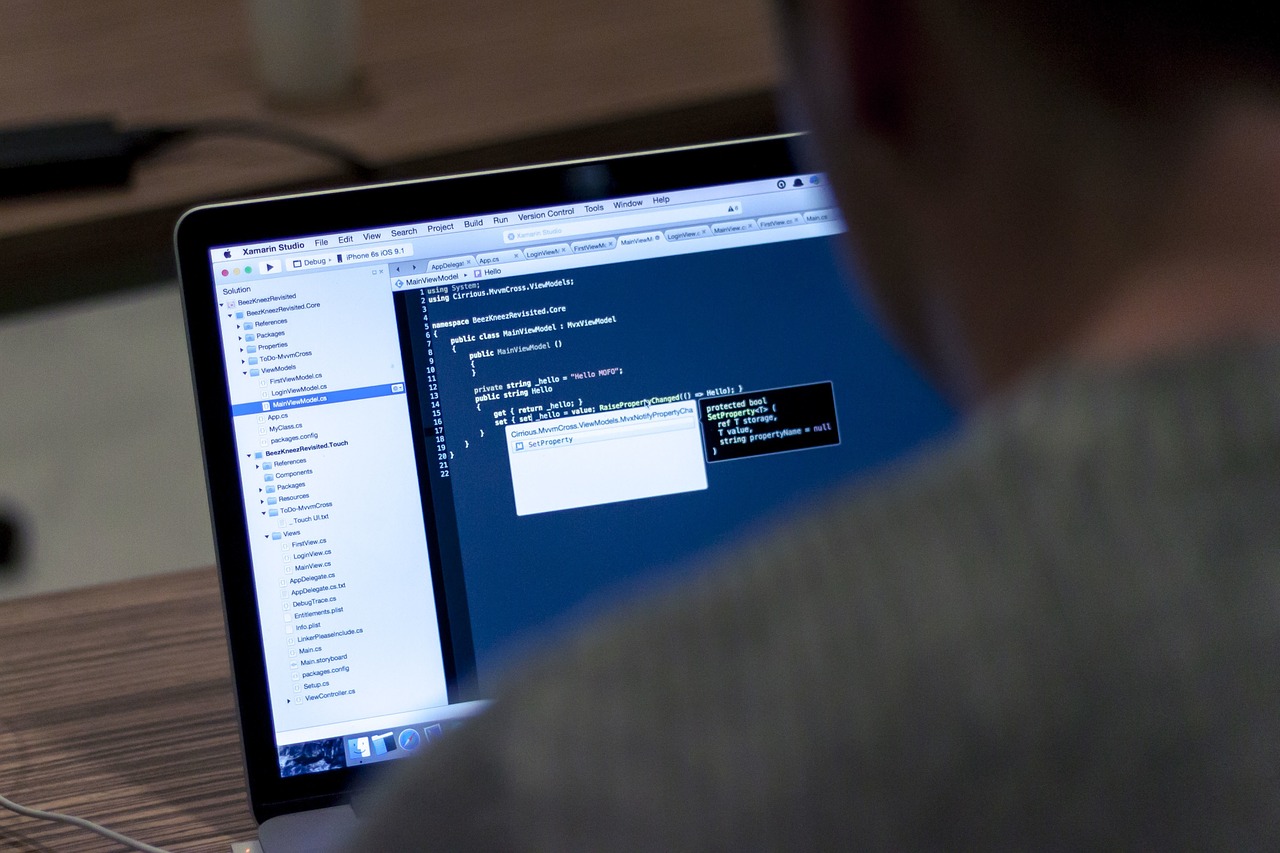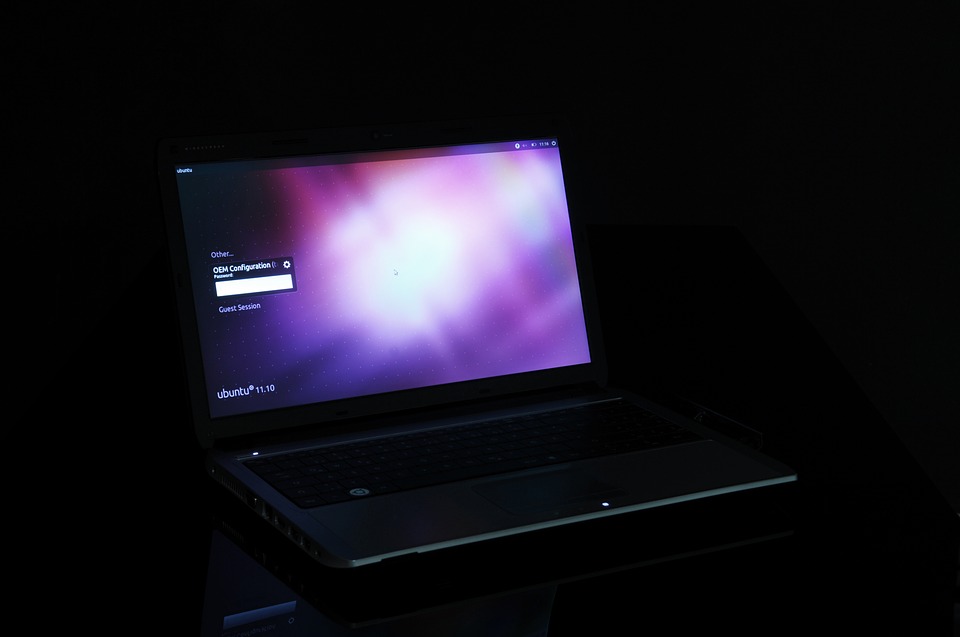If you want to know how to check an Ubuntu version, it is quite easy.
We will go over two simple methods, and then discuss why you might want to know which version of Ubuntu you are running.
Ubuntu, in case you already didn’t know, is a version of the free Linux operating system. It can be a great alternative to Windows. It is free and open source. You have full power over customizing Ubuntu.
Ubuntu is the most popular version of Linux because of its ease of use. It is also very easy to upgrade, much easier than some other variations of Linux. We will talk about upgrading a bit more later in the article.
For now, let us find out what version of Ubuntu you are running.
How to Check the Ubuntu Version from the GUI
If you are running a recent version of Ubuntu, you are likely running their Unity desktop software, which is a GUI (Graphical User Interface) that overlays the system, much like Windows is what you use to interact with a Microsoft computer.
All you need to do to check your Ubuntu version in Unity is to open up the System Settings from the menu, and then click on “Details.”
You will not only see the version of Ubuntu you are running, in big bold letters underneath the bright Ubuntu logo, you will see other details about your machine. These details might include your processor and CPUs, graphics card, OS type (32-bit or 64-bit), and disk space.
Note: If you are running a different desktop instead of Unity, such as Xfce in Xubuntu, you may have to look in a different place.
How to Check Your Ubuntu Version from the Command Line
The terminal can be accessed from the Unity interface. It is one of the software programs usually put under utilities or system administration, and the icon typically looks like a little monitor or black TV screen.
CTRL + ALT + T (make sure you hold down all these keys at once)
lsb_release -a
Your output will look something like the following:
No LSB modules are available.
Distributor ID: Ubuntu
Description: Ubuntu 14.04.3 LTS
Release: 14.04
Codename: trusty
What you are interested in here is the number after Release, which here is 14.04. You are therefore using Ubuntu version 14.04.
The Codename is a short version of the friendly name of the Ubuntu major version. We’ll explain what that means in a bit.
How Ubuntu Releases Are Numbered

Image by Free-Photos from Pixabay
Each major version of Ubuntu has a development code name, but it also has a number.
When we say major version, we are talking about a major revision of the software. In numbers, it is indicated by the integer before the decimal point in the release number.
For example, the major version of Ubuntu numbered 11 is different from 14. All versions of Ubuntu 11, such as 11.01 or 11.11 (these are made up, example numbers) are smaller updates but part of the same major version family.
The numbers actually refer to years and months. So, Ubuntu version 6.06 was released in June of 2006.
This convention is not used across the board in Linux or software distribution. So, it is not true, for example, that Debian 7 was released in 2007.
The year and month designation is somewhat unique to Ubuntu’s numbering labeling system.
Releases don’t necessarily happen every month of every year. Right now, as of this writing, the latest Ubuntu version is 17.04.
You might also see the acronym “LTS” after your Ubuntu version number. This means “Long Term Support” and that indicates a stable version of Ubuntu that you can keep for a longer time, as the Ubuntu team still actively supports it and offers security updates.
Eventually, an LTS release will be replaced with the newest LTS release.
An Aside About Debian Linux and How to Find Its Ubuntu Equivalent
It is worth noting at this point that Ubuntu Linux is actually built upon another, older, more venerable version of Linux called Debian.
Debian is the basis for all Ubuntu code. You can actually go ahead and download Debian and install it on your personal computer and use it for free just like Ubuntu.
Debian is still very popular, and it is used quite frequently as the version of Linux that powers the Internet’s web servers. In fact, system administrators recommend Debian over Ubuntu as a web server platform.
Why? Ubuntu is filled with a lot of add-ons and extras that are designed for desktop users. It is also updated more frequently.
Debian, on the other hand, is updated more slowly. This is not necessarily a bad thing. It means that Debian is more stable and less experimental than Ubuntu.
This makes it much better as an operating system for a web server that needs stability as well as performance.
So, while Debian 7 was around for years, Ubuntu was quickly coming up with new versions. Debian is currently on version 9 as of this writing, which was launched on March 10th, 2018.
So, while Ubuntu is up to major version 17, Debian is only up to 9.
How to Find Out What Debian “Version” Ubuntu is Running Off Of

Debian, like Ubuntu, has codenames for its major releases. Debian release version 9 is code named “stretch.”
Here are the other releases and codenames of Debian:
(The next release will be called “buster.”)
Now, to find out what version of Debian your Ubuntu distribution is running, you can do the following:
Ubuntu | Debian
18.04 bionic buster / sid - 10
17.10 artful stretch / sid - 9
17.04 zesty stretch / sid
16.10 yakkety stretch / sid
16.04 xenial stretch / sid
15.10 wily jessie / sid - 8
15.04 vivid jessie / sid
14.10 utopic jessie / sid
14.04 trusty jessie / sid
13.10 saucy wheezy / sid - 7
13.04 raring wheezy / sid
12.10 quantal wheezy / sid
12.04 precise wheezy / sid
11.10 oneiric wheezy / sid
11.04 natty squeeze / sid - 6
10.10 maverick squeeze / sid
10.04 lucid squeeze / sid
Therefore, in our example, we are running Ubuntu 14.04, which is based on Debian 8.
Ubuntu “Codenames” – How They Name Their Releases

Image via Maxpixel
As you can see, Debian uses somewhat abstract, sometimes funny, names for their major releases, including “squeeze,” “wheezy,” “jessie,” and “stretch.”
Ubuntu has its own special naming convention for its major releases. Remember, these are the releases based on the year.
Ubuntu’s release naming convention uses two words. The first is an adjective and the second is the name of an animal, preferably something quirky or obscure. The first Ubuntu release was named “Warty Warthog.”
Here are some examples of Ubuntu release names:
The 2017 release of Ubuntu is called Zesty Zapus. And, as you can see from the above /etc/ debian_version, the next version of Ubuntu will be a bionic something or other.
The quirky naming convention of Ubuntu was originally a joke, but the name stuck. Now, naming conventions are a way for developers to be creative and fun.
For example, Android versions are named after types of candy, such as KitKat, Lollipop, Jellybean, and the like.
Now You Know How To Check Ubuntu Version

Image by StartupStockPhotos from Pixabay
As you can see, if you check your Ubuntu version quickly, you can figure out if it is time to upgrade your Ubuntu distribution.
Don’t feel you have to rush it though. Especially if you are running an LTS version of Ubuntu, you can keep that same version for years before upgrading.
Ubuntu is a great free operating system, so enjoy using it!
Featured Image by Gustavo Manuel Belemmi Agurto from Pixabay